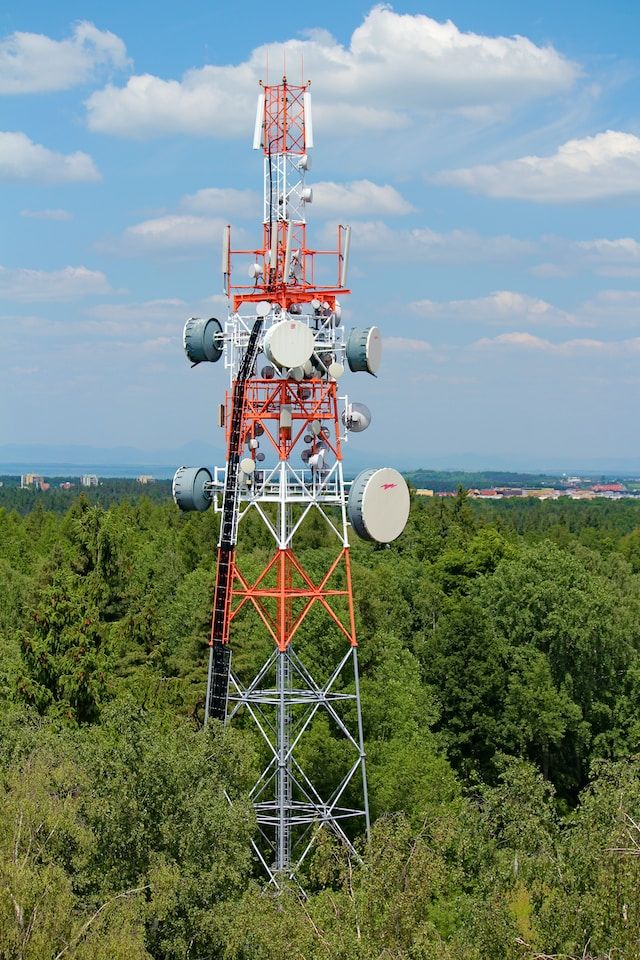The Future of Broadcasting: Trends and Predictions

Broadcasting has come a long way since its inception, transforming from traditional television and radio channels to digital platforms that provide a plethora of content choices to consumers. With advancements in technology and shifting consumer preferences, the future of broadcasting holds exciting prospects. In this blog post, we will explore some of the key trends and predictions that are shaping the future of broadcasting.
- Streaming Services Dominate: Streaming services have revolutionized the way we consume content, and their dominance is set to continue. Platforms like Netflix, Amazon Prime Video, and Disney+ have disrupted traditional broadcasting models by offering on-demand content tailored to individual preferences. The rise of streaming has resulted in cord-cutting, as more viewers opt for these convenient, cost-effective alternatives. As a result, we can expect further growth in the streaming sector, with increased investment in original content and a wider range of subscription options.
- Personalized Viewing Experience: Personalization will play a crucial role in the future of broadcasting. Streaming services already use sophisticated algorithms to analyze user preferences and recommend tailored content. In the coming years, advancements in artificial intelligence (AI) and machine learning will enable broadcasters to deliver highly personalized viewing experiences. Viewers will have access to curated content playlists, customized recommendations, and interactive features that enhance engagement and satisfaction.
Tools for developing professional video applications
Try for free- Live Streaming Takes Center Stage: Live streaming has gained significant popularity in recent years, and it will continue to thrive in the future. The ability to broadcast events, sports matches, concerts, and other real-time experiences directly to viewers' devices has a powerful appeal. Platforms like YouTube, Facebook Live, and Twitch have paved the way for live streaming, and we can expect further innovation and integration of this technology into mainstream broadcasting. The rise of augmented reality (AR) and virtual reality (VR) will enhance the immersive nature of live streaming, creating entirely new experiences for viewers.
- Convergence of Broadcasting and Social Media: Social media platforms have become integral to our daily lives, and they are becoming increasingly intertwined with broadcasting. Broadcasters are leveraging social media channels to engage with their audiences, share behind-the-scenes content, and drive conversations around their programs. Simultaneously, social media platforms are investing in live streaming capabilities, integrating with broadcasting events, and enhancing their video content offerings. The convergence of broadcasting and social media will continue to shape the future landscape, creating more interactive and engaging experiences for viewers.
- 5G and Enhanced Connectivity: The deployment of 5G networks will be a game-changer for the broadcasting industry. With its significantly higher data transfer speeds and lower latency, 5G will enable seamless streaming of high-quality content on mobile devices. It will also facilitate the widespread adoption of emerging technologies like VR and AR. Furthermore, 5G will empower broadcasters to provide live coverage from remote locations, offer immersive viewing experiences, and expand their audience reach.
The future of broadcasting holds immense potential, driven by the continuous evolution of technology and changing consumer preferences. Streaming services will continue to dominate the industry, offering personalized and on-demand content. Live streaming will gain further traction, providing real-time experiences to viewers around the world. The convergence of broadcasting and social media will enhance interactivity and engagement. Meanwhile, the advent of 5G will revolutionize connectivity, opening new possibilities for immersive viewing experiences. As we embrace these trends and predictions, broadcasting will undergo a remarkable transformation, providing audiences with more diverse, personalized, and immersive content than ever before.
